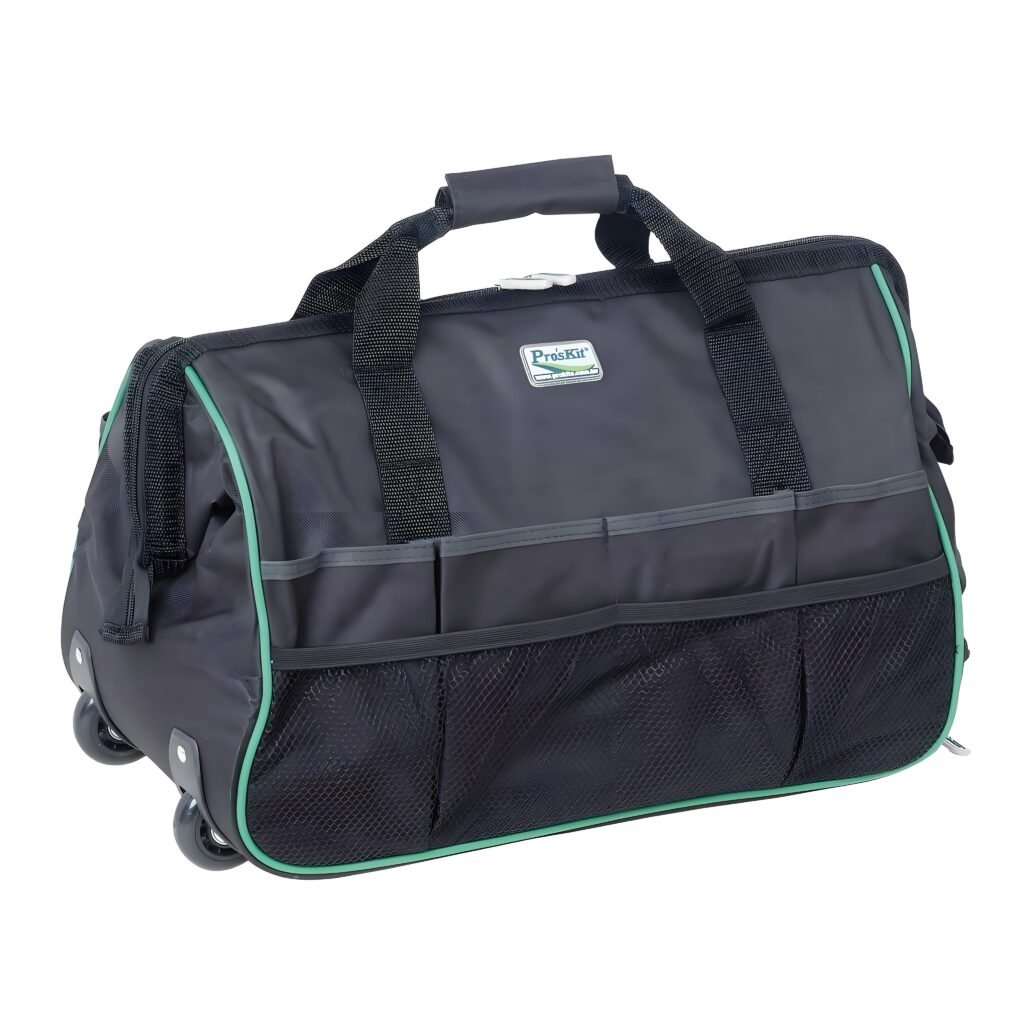Title: The Art and Science of Sewing PVC Patches onto Tool Bags: A Comprehensive Guide
Introduction
In the realm of practical accessories, tool bags stand as indispensable companions for professionals across various industries, from construction workers to DIY enthusiasts. These bags not only organize and protect tools but also serve as a reflection of the owner’s craftsmanship and personal style. One way to elevate both the functionality and aesthetics of a tool bag is by incorporating PVC (Polyvinyl Chloride) patches. PVC patches, known for their durability, weather resistance, and vibrant color retention, offer a versatile means of customization and identification. This article delves deep into the art and science of sewing PVC patches onto tool bags, exploring materials, techniques, design considerations, and the myriad benefits they bring.

Section 1: Understanding PVC Patches
- Subsection 1.1: What are PVC Patches?
- Definition and composition of PVC patches.
- Distinguishing features that make them suitable for tool bags.
- Subsection 1.2: Types of PVC Patches
- Flexible vs. rigid PVC patches.
- Different thicknesses and their impact on application.
- Transparent, translucent, and opaque options.
- Subsection 1.3: Benefits of Using PVC Patches on Tool Bags
- Enhanced durability and tear resistance.
- Waterproof and weatherproof properties.
- Customizability for personal or brand identification.
- Easy to clean and maintain.
Section 2: Preparing Your Tool Bag for PVC Patches
- Subsection 2.1: Choosing the Right Tool Bag
- Materials commonly used in tool bags (nylon, canvas, leather, etc.).
- Compatibility of these materials with PVC patches.
- Considerations for bag size, shape, and intended use.
- Subsection 2.2: Cleaning and Prepping the Surface
- Importance of a clean surface for adhesion.
- Steps for cleaning different bag materials.
- Ensuring the surface is dry and free of debris before proceeding.
Section 3: Selecting the Perfect PVC Patch
- Subsection 3.1: Design and Customization
- Creating custom designs using vector graphics.
- Color selection and its impact on visibility and style.
- Incorporating logos, text, or images specific to the user’s needs.
- Subsection 3.2: Sizing and Shape Considerations
- Measuring the area on the tool bag for optimal patch placement.
- Choosing patch shapes that complement the bag’s design (rectangular, circular, custom shapes).
- Subsection 3.3: Quality and Thickness
- Balancing flexibility with durability.
- Choosing the right thickness for the intended use case.
Section 4: Sewing Techniques for PVC Patches
- Subsection 4.1: Tools and Materials Needed
- Sewing machine setup (needle type, thread choice).
- Hand sewing options for those without machines.
- Adhesives and backing materials for added stability.
- Subsection 4.2: Step-by-Step Sewing Guide
- Positioning the patch on the bag.
- Securing the patch with pins or temporary adhesive.
- Sewing techniques: straight stitching, zigzag stitching, and their applications.
- Tips for maintaining even stitching and tension.
- Subsection 4.3: Finishing Touches
- Trimming excess thread.
- Ensuring all edges are securely sewn.
- Applying protective coatings or sealants if necessary.
Section 5: Design and Aesthetic Considerations
- Subsection 5.1: Color Coordination
- Matching patch colors with the tool bag’s existing palette.
- Using contrasting colors for visibility and style.
- Subsection 5.2: Placement and Layout
- Strategic placement for easy identification and access.
- Balancing multiple patches for a cohesive look.
- Subsection 5.3: Incorporating Reflective Elements
- Enhancing safety with reflective PVC patches.
- Choosing reflective materials that meet safety standards.
Section 6: Maintenance and Care of PVC Patched Tool Bags
- Subsection 6.1: Cleaning and Storage
- Best practices for cleaning PVC patches and the bag.
- Storing the bag to avoid damage to patches.
- Subsection 6.2: Repairing and Replacing Patches
- Identifying when a patch needs repair or replacement.
- Steps for removing and re-sewing patches.
Section 7: Case Studies and Real-World Applications
- Subsection 7.1: Professional Trades
- How electricians, plumbers, and carpenters benefit from PVC patches.
- Examples of industry-specific patch designs.
- Subsection 7.2: DIY and Hobbyists
- Personalizing tool bags for home improvement projects.
- Creative patch ideas for hobby-related tool organization.
- Subsection 7.3: Emergency and Rescue Services
- The role of PVC patches in identifying emergency tool kits.
- Ensuring patches meet visibility and durability requirements in high-stress environments.
Section 8: Environmental and Sustainability Considerations
- Subsection 8.1: Eco-Friendly PVC Options
- Exploring biodegradable and recyclable PVC materials.
- Reducing waste in patch production and application.
- Subsection 8.2: Extending the Life of Tool Bags
- The role of PVC patches in prolonging bag lifespan.
- Encouraging repair over replacement.
Conclusion
Sewing PVC patches onto tool bags is a blend of practical craftsmanship and creative expression. By carefully selecting materials, employing proper techniques, and considering design elements, one can enhance both the functionality and aesthetic appeal of their tool bag. Whether for professional use or personal projects, PVC patches offer a durable, customizable solution that stands up to the rigors of daily use. As we’ve explored in this comprehensive guide, the process is not only straightforward but also rewarding, resulting in a tool bag that is as unique as it is useful.


